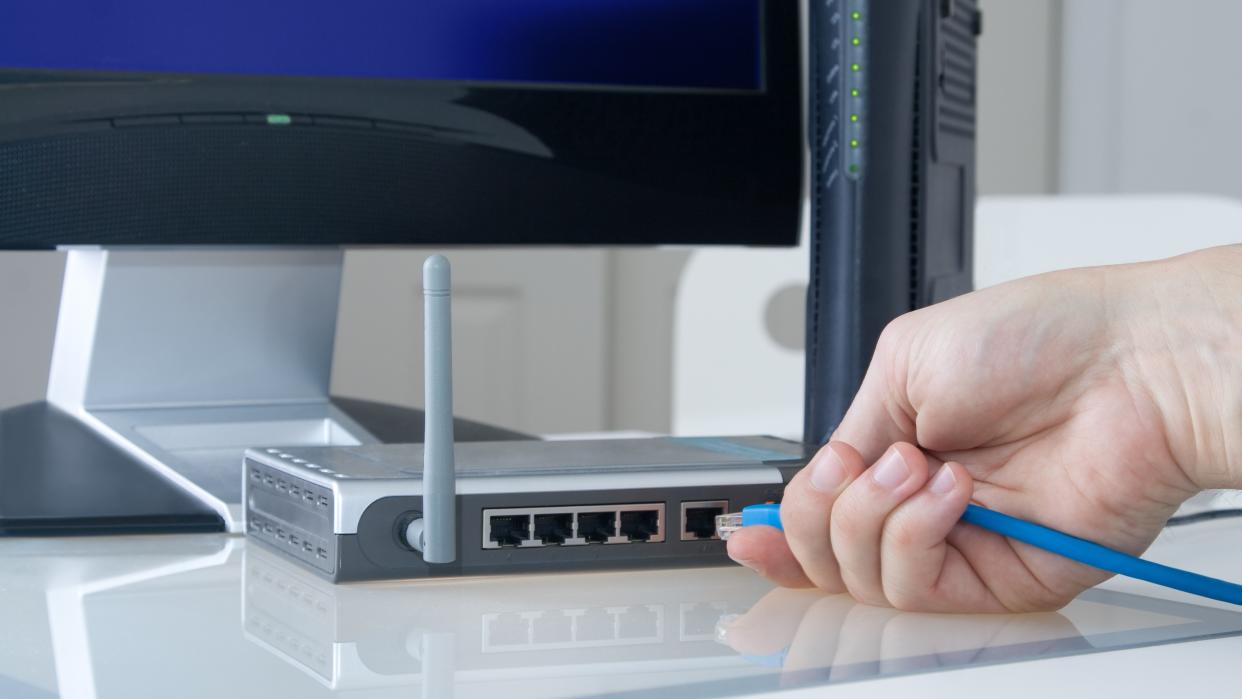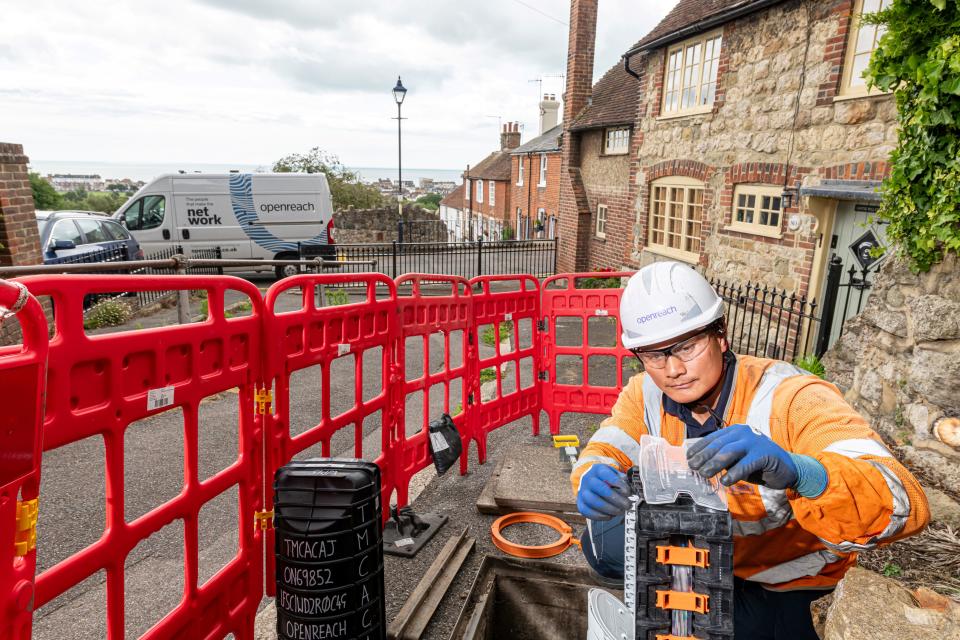A guide to home broadband installation

One of the key considerations for many of us when we’re looking for a new broadband deal is how quickly we can get our new broadband connection up and running. The good news is that this can be done fairly quickly and you won’t be waiting long to make the most of whatever new deal you’ve chosen.
However, this isn’t always the case and in some instances, you may need your new provider to do some installation work on your property to get your internet set up – which of course is something that can occasionally be quite time-consuming.
To help clarify this, we’ve put this guide to broadband installation together for you to cover all the aspects and key questions people tend to have about this subject.
Can you install your broadband yourself?
To start with the most important question, yes, in most cases, you can – but not always.
If you are switching between providers that use the same type of network – for instance, a fibre broadband connection on the Openreach network – you’ll likely be able to set up your broadband yourself as you won’t need any external lines installed.
However, suppose you are switching to a different network – from Openreach to Virgin Media’s independent network, for example – and you don’t have the right connections for this. In that case, the chances are you’ll need an engineer to come and sort this out for you.
Another similar example would be if you’re moving from an older broadband connection type (ADSL or fibre) to an ultrafast ‘Full Fibre’ connection, you might also need installation work done by your provider.
Despite these last two examples, it’s also worth noting that even if you do need an engineer to come and do this installation work, you may then technically be able to set up your own broadband in your property, once this external connection point is fitted.

Broadband providers that offer self-installation
The majority of the UK’s top broadband providers will now offer some form of self-installation with certain tariffs. But as we’ve already mentioned above, this can vary depending on the connection type you’re using or switching to.
In general terms, any provider that uses the Openreach network offers self-installation on certain broadband packages, which include:
Also, Virgin Media, which has its own independent cable network, can in some cases allow new customers to self-install their broadband with its ‘QuickStart’ pack.
The broadband self-installation process
If you are moving between broadband deals that use the same connection type, the self-installation process will typically be as follows:
1 . Speak with the provider and agree on your broadband deal and possibly an activation date.
2. Your new router will be sent to you in the post, along with any other tech you might need to set up your broadband.
3. Plug in and turn on your router. Wait for any self-installation period. (All the instructions should be given to you as well with the router and tech).
4. On your devices, find and connect to the new WiFi network.
5. You’ll likely need to set up a new password or use the one you’ve been provided with to start using the internet.
The process can be fairly straightforward, but if you’re in any doubt you will be able to contact your new provider via phone and they should be able to talk you through the required steps.
What broadband types require installation by an engineer?
These are the broadband types where you might need an engineer from a provider to come to your property and do some installation work.
When moving from ADSL to fibre (FTTC)
Upgrading from fibre (FTTC) to Full Fibre (FTTP)
Changing to a new network, e.g. from Openreach to Virgin Media
Opting for a satellite broadband connection
Connecting a property to any broadband network for the first time

How much does external broadband installation cost?
There isn’t a fixed cost for broadband installation as ‘installation’ or ‘setup’ fees can vary from provider to provider. However, they don’t tend to be overly expensive and can range as one-off costs from about £5 to £40.
A useful tip here is to look at switching providers when there’s a sale or promotional offer as invariably they will waive any setup fees as part of their deals.
How long can these types of installations take?
Again, there’s no set timescale as it can depend on the amount of installation work that is required.
For example, if you wanted a new Full Fibre connection you might need new cabling to be run to your home from your nearest broadband exchange. Then, you’ll need the connections into and inside your home fitting to supply the broadband.
As you might expect, this can take longer than simply connecting a new line. You can also add to this the fact you’ll need to organise a time with your broadband provider to send out an engineer to complete this work.
So when you take all of this into consideration, the switching process along with more invasive installations can take up to 30 days to get finished.
If I want a broadband and TV bundle, will that take longer to install?
Once again, the short answer is yes it can, but much like with your broadband, it depends on what you already have installed at your property. With Sky, for instance, you may need a satellite dish or an aerial fitting for its traditional TV services.
Similarly, with Virgin Media’s broadband and TV bundles, you can get these through the same line that delivers your broadband; so again, if you don’t have this at your property, it’ll take more time to get it installed.
To speed things up, another tip is to look at TV streaming services. The likes of Sky and Virgin Media now have products that allow you to simply stream your TV via WiFi, instead of having additional tech fitted.

Other considerations for broadband installation
So along with things like timescales, potential additional costs, and being tech-savvy enough to handle any self-installation processes, there are a few more aspects it’s worth considering before you look to switch things up:
Are you prepared to have holes drilled into your property and possibly areas dug up to lay down cabling?
Can you manage a period of time where you don’t have any internet available?
Do you have permission for installation work from your landlord (if you’re renting)?
Are you in a position to switch your package without incurring any exit fees?
What new broadband tariff do you actually need? We have a guide that can help you answer this question.
Do you also need to let your old provider know you’re moving to a new service?
Finding a new broadband deal
If you have made up your mind that you want to move to a new broadband deal - particularly if you want a newer and faster connection type - then we can help you out.
Check out our best broadband deals guide to get an idea of what’s on offer on the markets right now. However, by entering your postcode into the widget below we can show you what broadband you can get at your property, meaning you’ll be able to see what connection types are available to you right now.

